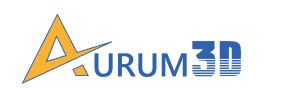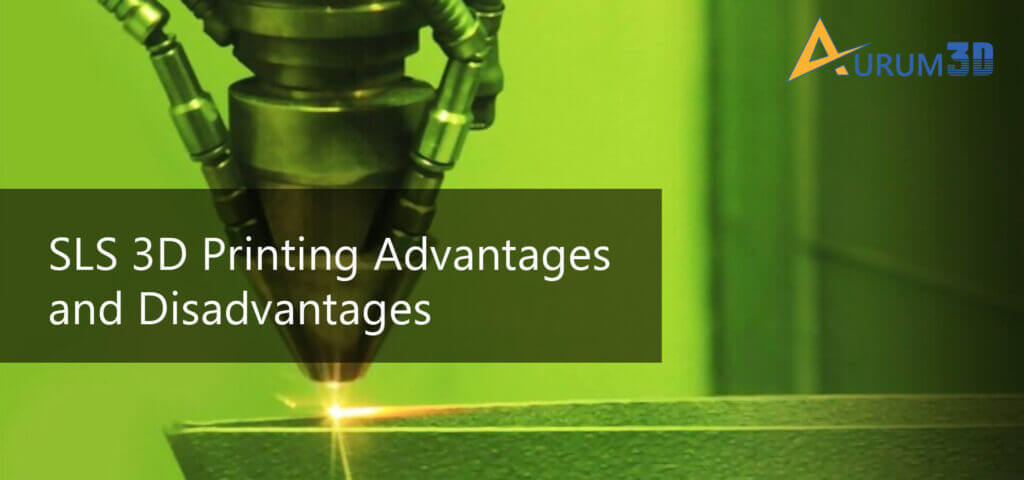You can use a 3D printer to create a variety of three-dimensional objects from three-dimensional objects. But you can make the 3D-printed object meet your precise requirements only by choosing the right 3D printing technologies. Selective Laser Sintering (SLS) is a mature 3D printing technology that was developed in the mid-1980s. But SLS 3D printing technology is still used widely by engineers, manufacturers, hobbyists, and students.
According to Wikipedia,
“Selective laser sintering (SLS) is an additive manufacturing (AM) technique that uses a laser as the power source to sinter powdered material (typically nylon or polyamide), aiming the laser automatically at points in space defined by a 3D model, binding the material together to create a solid structure.”
As its name indicates, SLS produced solid three-dimensional objects based on the principle of sintering. It forms solid structures by sintering or fusing powdered materials in a sealed and preheated chamber using a high-power laser beam. The process makes SLS 3D printing technology effective in producing objects with complex geometries and superior strength and stiffness. But you must understand SLS 3D printing advantages and disadvantages while comparing 3D printing technologies for your next project.
Major SLS 3D Printing Advantages
A Mature and Reliable 3D Printing Technology
3D printing technologies have been evolving consistently. But SLS is currently one of the widely used 3D printing technologies. Many engineers opt for SLS as a mature and reliable 3D printing technology. Various applications and use cases showcase the effectiveness of SLS in facilitating rapid prototyping and production of movable parts.
No Support Structure
You can use an SLS 3D printer to form a variety of objects in a sealed chamber. The powder materials will be sintered or fused inside the sealed chamber without requiring any support structure. The absence of a support structure makes it easier for you to print structures with thin or overhanging features. Also, the structure printed with an SLS 3D printer appears identical from various directions.
Freedom of Form
SLS has varying industrial applications as 3D printing technology gives freedom of form. While creating and evaluating prototypes, you can use an SLS 3D printer to produce parts with complicated geometries. Also, the absence of support structure makes it easier for you to 3D-print structures of varying shapes and forms.
Excellent Mechanical Properties
The fusion of powder using a laser beam results in superior layer adhesion. Any object or model printed using SLS 3D printers possesses isotropic mechanical properties. Hence, you can use an SLS 3D printer to produce structures with superior strength, stiffness, and elongation. Many engineers still rely on SLS 3D printing technologies to obtain durable printouts.
Dyeing and Colouring Options
SLS 3D printing produces models with porous surfaces. The porous surface creates opportunities for 3D artists to use a variety of colors and dyes during post-processing. They can enhance the look and feel of the 3D-printed structure by adding a variety of finishes – coating, flocking, metallization, tub coloring, and stove enameling.
Wide Variety of Materials
SLS is one of the 3D printing technologies that support a wide range of materials and filaments. The materials you can use during the SLS 3D printing process can be broadly divided into two categories – rigid and flexible. You can choose the appropriate SLS 3D printing material to customize the 3D-printed object’s strength, functionality, and durability.
3D Printing Speed
Often the cooling and post-processing time is cited as one of the major disadvantages of SLS 3D printing technology. But SLS helps you to reduce 3D printing time significantly by exposing the powder material to laser for several minutes. Also, it accelerated 3D printing speed without sacrificing either print resolution or quality.
Batch 3D Printing
SLS 3D printing simplifies and accelerates batch printing. You can use a single SLS 3D printer to streamline the prototyping and manufacturing process by producing parts consistently. You can further use the 3D printer to produce both prototypes and end-user parts.
Important SLS 3D Printing Disadvantages
Difficult Post-Processing
SLS 3D printing is effective in producing objects with high strength and stiffness. But the parts printed using SLS 3D printers often feature a grainy or porous surface. The engineers have to keep the part’s structural integrity intact by performing elaborate post-processing. The post-processing activities often increase SLS 3D printing time and cost.
High Shrink Rate
During the SLS 3D printing process, powder materials are fused using a high-power laser. The sintering process causes contraction or shrinking as the fused materials cool down. The 3% to 4% shrinkage rate often impacts the dimensions of the 3D-printed part adversely. Engineers have to adjust the volume of the model during the designing phase to compensate for the high shrinkage rate.
Cool-Down Time
As mentioned earlier, SLS 3D printing technology sinters or fuses powdered materials using a high-power laser beam. The fused materials need about 12 hours to cure or cool down properly. The cool-down time increases 3D printing time by approximately 50%. Professional 3D printing service providers prefer FDM to speed up delivery.
Material Wastage
SLS 3D printing works by sintering a variety of powder materials. The sintering process often leaves a portion of powder unused after the 3D printing process. The engineers lack the option to recycle the power material after every print. The material wastage makes SLS more expensive than other 3D printing technologies.
Expensive Machines
SLS 3D printers are designed with complex configurations and high-power lasers. The complexity makes SLS 3D printers more expensive than FDM and SLA 3D printers. Also, SLS 3D printers can be operated and maintained only by skilled operators. That is why; SLS 3D printers are more popular with enterprise users than hobbyists and students.
Many engineers still opt for SLS as one of the most predictive additive manufacturing technologies. SLS enables them to create models and parts with complicated geometries while experimenting with a wide range of forms. But SLS, like other widely used 3D printing technologies, has several advantages and disadvantages. You must focus on curtailing 3D printing time and costs to leverage the polymer 3D printing technology fully.
About Aurum3D
Aurum3D is one of the leading 3D printing companies in Bangalore. We have been working in multiple technologies of 3D printing like SLS, SLA and FDM 3D Printing in areas like prototyping and custom 3D printing. You can get in touch with us for your custom requirements in electric vehicle manufacturing.

